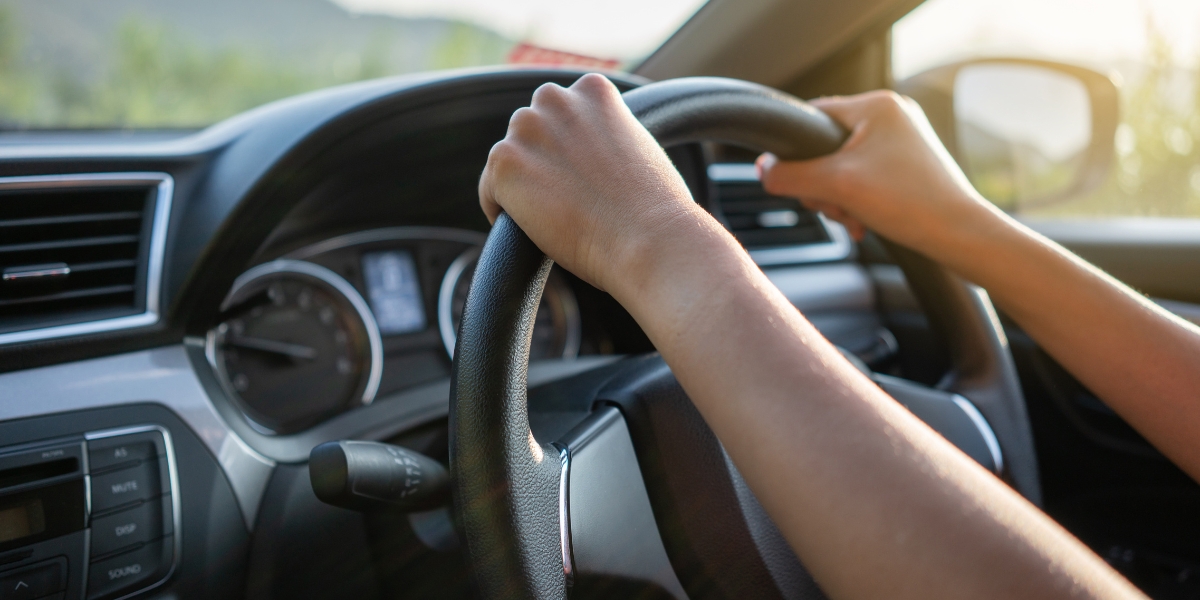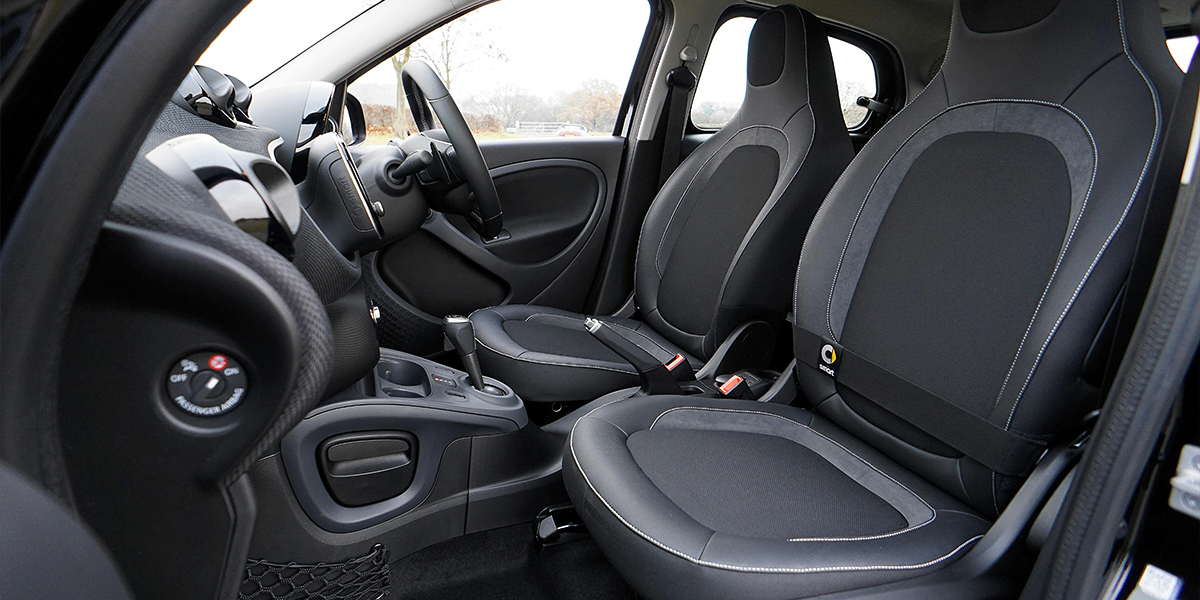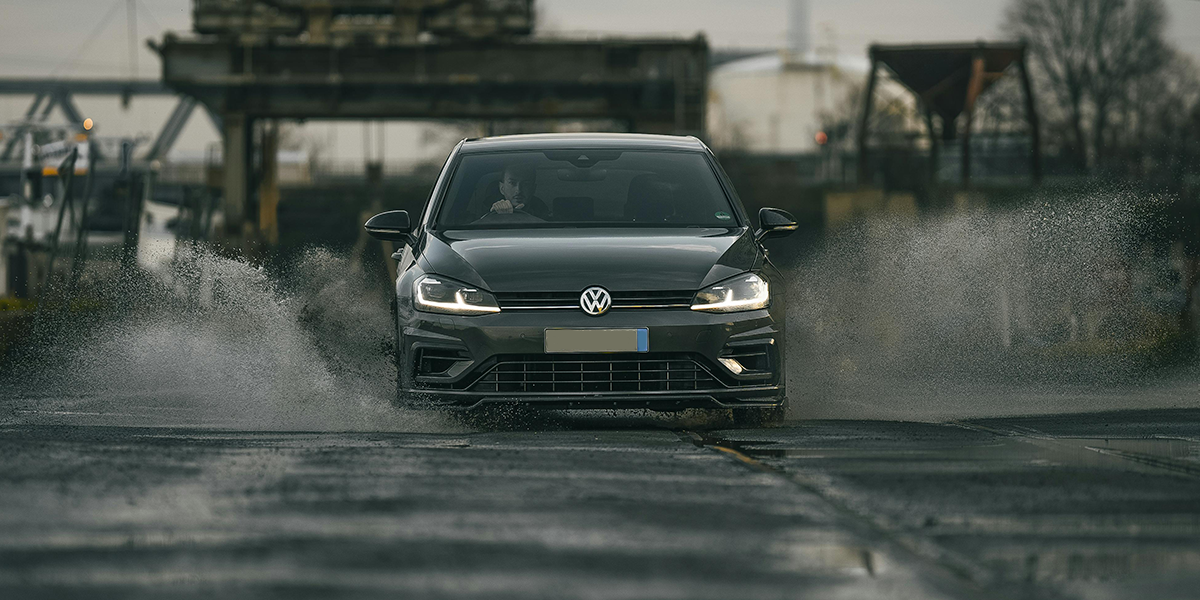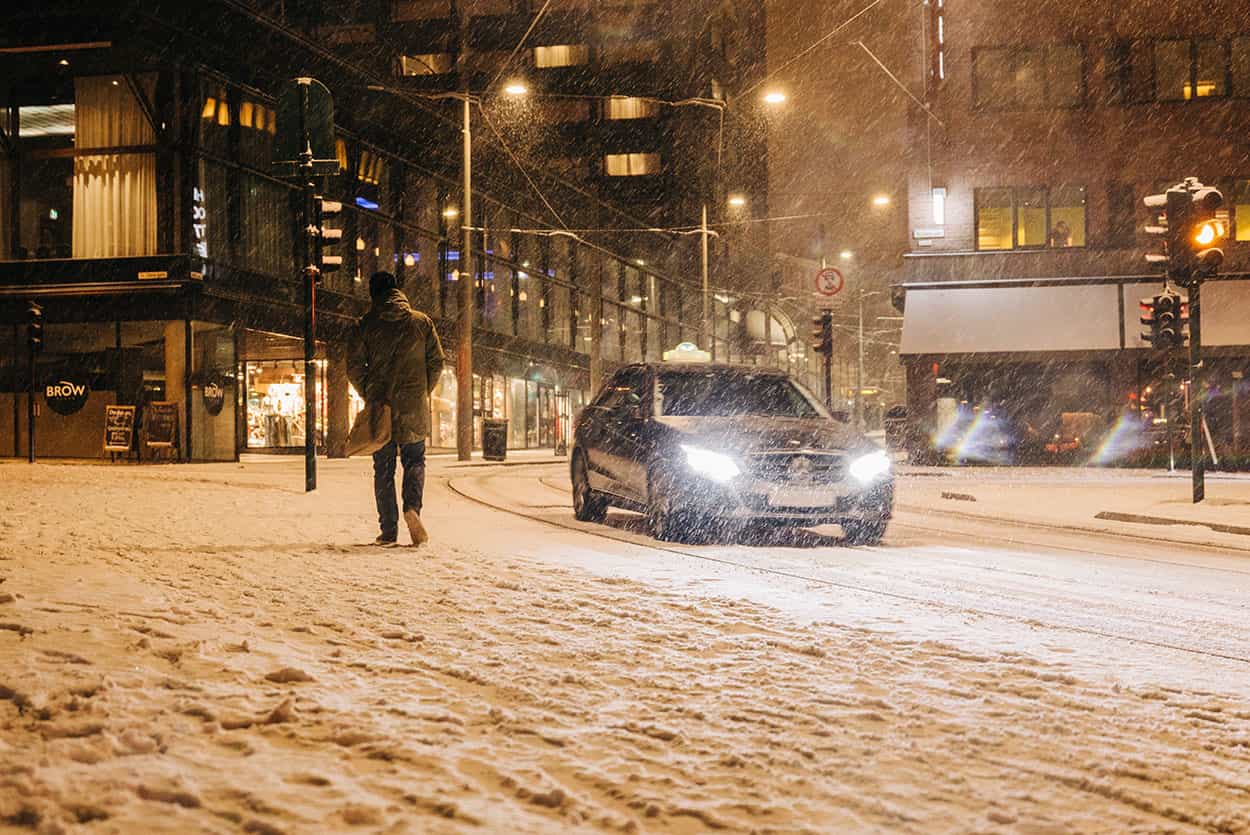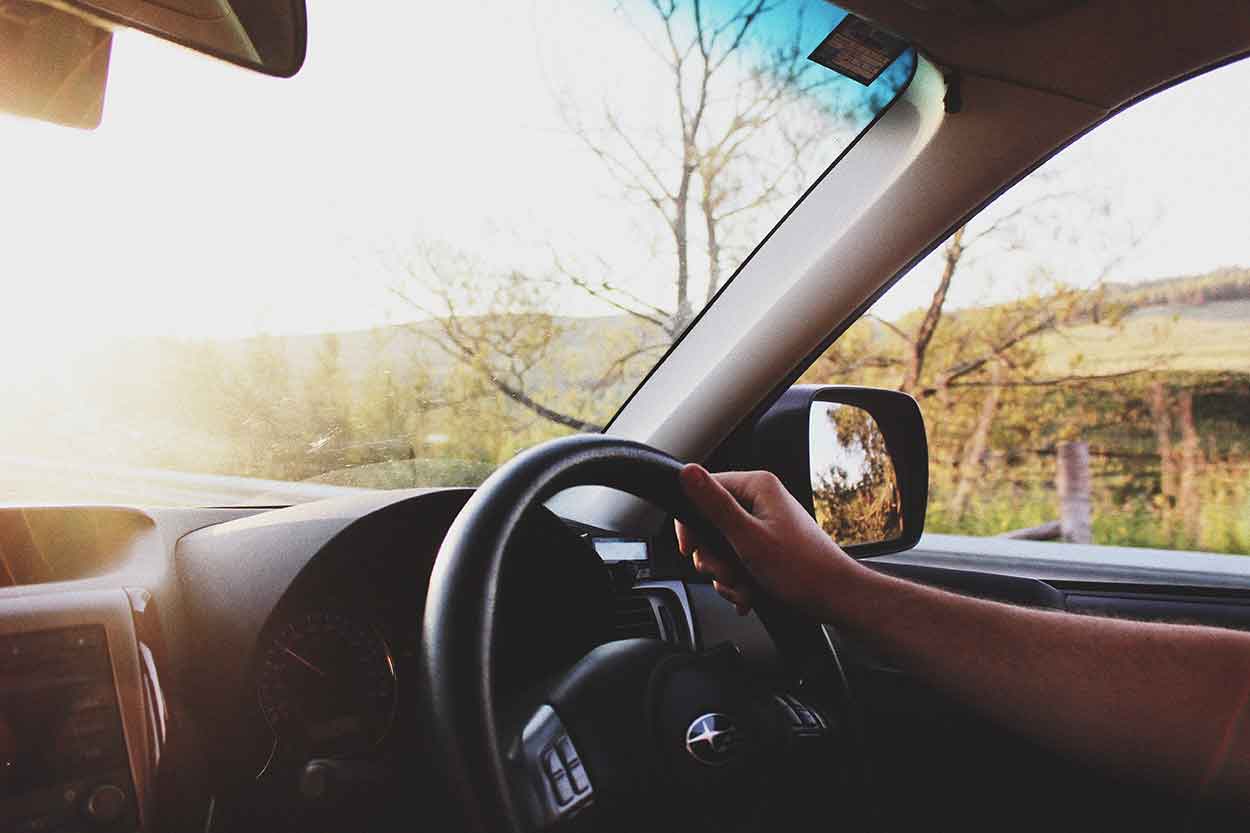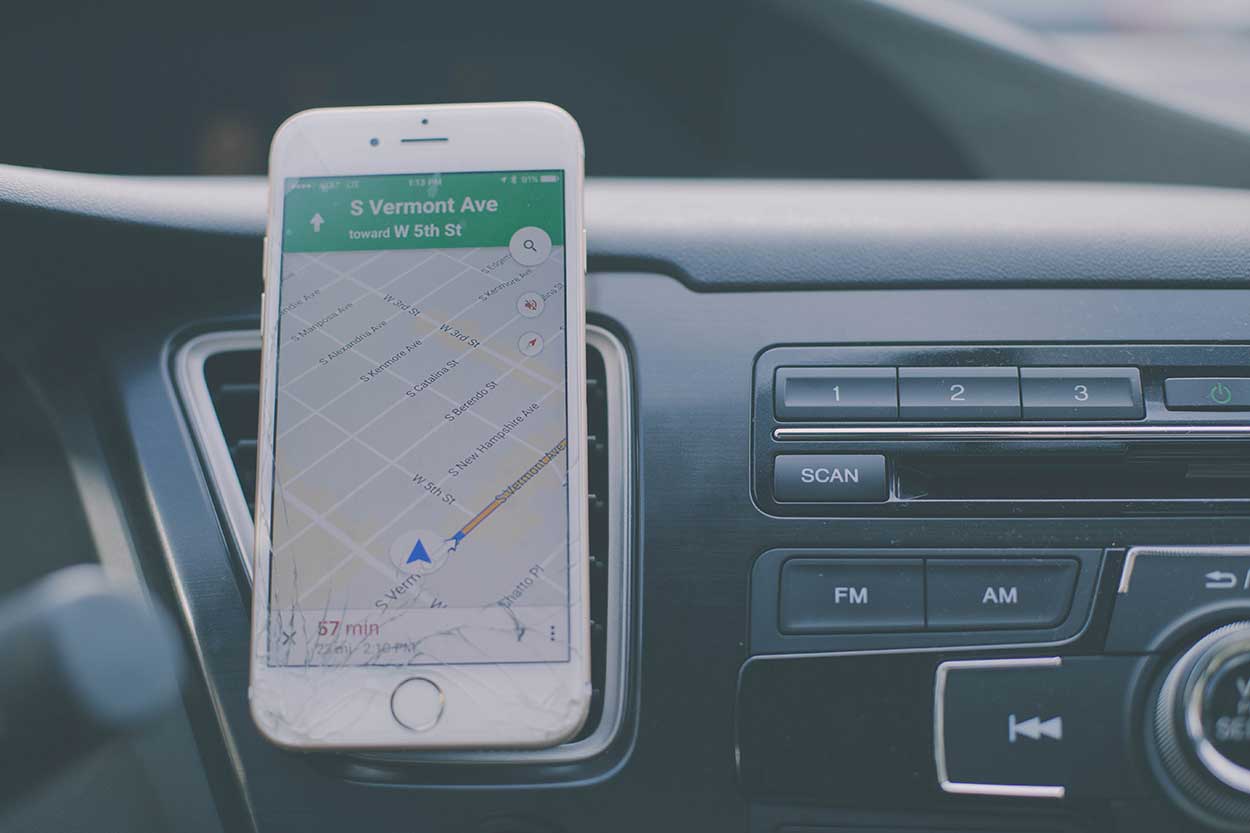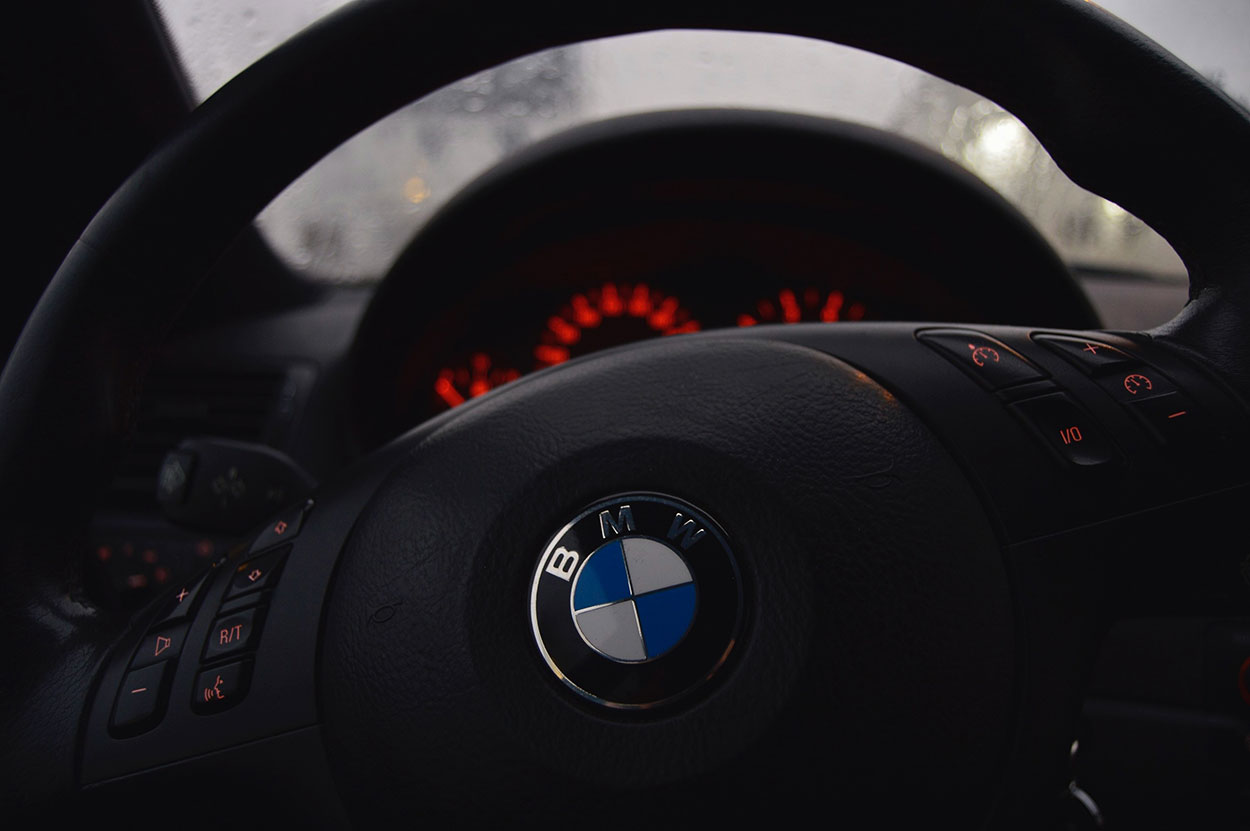UK government legislation is always changing, which means UK driving laws and regulations are also regularly updated. It’s sensible to keep on top of new driving law changes in the UK for 2025. Failing to stay informed could lead to unexpected fines, points on your driver’s licence or even legal issues in the most serious cases. Below, we break down the new driving law changes in 2025 for UK drivers, keeping you confident on the roads.
New driving law changes for 2025
Electric cars to pay road tax from April 2025
From 1 April 2025, electric vehicles (EVs) will have to pay road tax – also known as Vehicle Excise Duty (VED) – rates for the first time.
All UK drivers will now need to pay an annual fee for having your vehicle on the road, even if it’s electric, zero- or low-emissions.
If you’re currently an EV driver, you’ll face different tax bands depending on the registration year of your vehicle:
- EVs registered from 1 April 2025 onwards will pay the standard VED rate of £10 for the first year and £195 each year after that
- EVs registered between 1 April 2017 and 31 March 2025 will pay the standard rate of £195 per year
- EVs registered between 1 March 2001 and 31 March 2017 will pay £20 each year
The £10 annual discount for hybrid and ‘alternatively fuelled vehicles’ (AFVs) has also been removed.
If your EV is registered after 1 April 2025, you’ll also need to pay the Expensive Car Supplement – also known as the luxury car tax – if your car’s list price exceeds £40,000 when new.
Non-electric vehicle drivers will also face increases in VED from 1 April 2025.
You can pay your VED online.
Fuel duty freeze continues
Fuel duty is payable on petrol, diesel and other liquid fuels used to power vehicles.
The fuel duty freeze had been set to end in April 2025, but has since been extended. As such, fuel duty remains at 52.95 pence per litre until 22 March 2026.
All UK drivers will continue to benefit from this rate throughout 2025 until March 2026.
The fuel duty freeze is only guaranteed for this period. After this time, the government may choose to lift the freeze, which will increase the cost of petrol and diesel for everyday drivers.
Benefit in kind (BiK) is increasing for all vehicles
From April 2025, the Benefit in Kind (BiK) tax is increasing by 1% in each tax bracket for all vehicles, including petrol, diesel and electric.
The BiK applies to everyone who pays for a car through their company benefits scheme.
From 6 April 2025, electric vehicles must pay 3% BiK, which is an increase of 1% from last year.
Electric and hydrogen cars to pay full Congestion Charge from 25 December 2025
Electric vehicle drivers have previously been able to benefit from a Congestion Charge exemption.
However, from 25 December 2025, electric and hydrogen cars will need to pay the full Congestion Charge of £15.
Be aware that there’s no Congestion Charge between Christmas Day and New Year’s Day bank holiday. The charge resumes on 2 January, so in effect, electric and hydrogen cars will only start paying the full fee from 2 January 2026.
Car insurance groups replaced with Vehicle Risk Ratings system
An insurance group system has previously been used to determine the cost of your car insurance.
For cars registered before 1 August 2024, this system will remain in place. For cars registered after this time, a new Vehicle Risk Ratings system has been introduced.
This new ratings system will evaluate your car according to categories including performance, safety, security, damageability and repairability. These factors determine the car’s score in a range of 0 to 99. The higher the number, the more your vehicle will usually cost to insure.
As a driver, you don’t need to do anything – this new system won’t impact the insurance process for you.
Zero-emission vehicle mandate
Vehicle manufacturers must now meet a quota known as the zero-emission vehicle (ZEV) mandate set by the UK government.
This mandate requires that 28% of all car sales must now be zero-emission vehicles, increasing to 80% by 2030 and 100% by 2035.
Full hybrid and plug-in hybrid vehicles can continue to be sold until 2035. This is a softening of the 2030 petrol ban, which will prohibit the sale of all new petrol and diesel vehicles from 2030.
New ‘25’ and ‘75’ number plates are coming
A new tax year promises two new vehicle number plates.
From 1 March 2025, all newly registered vehicles will come with a ‘25’ plate. Vehicles newly registered from 1 September 2025 will have a ‘75’ plate.
AI road cameras trial ends
In July 2024, it was announced that ten police forces across the UK were trialling new AI road cameras to check for driving offences. The cameras promised to detect motorists who were using mobile phones or not wearing seatbelts using the technology.
As of March 2025, the trial has ended. The cameras’ success is currently under evaluation to determine whether the scheme should be rolled out across the UK.
More funding for electric vans
If you’re a van driver looking to switch to an electric vehicle, you could benefit from extra funding from March 2025. The government is promising an extra £120 million in grants to support businesses that buy certain electric vehicles.
Certain restrictions apply:
- Small vans (less than 2,500 kilograms gross vehicle weight) can secure a maximum discount of £2,500
- Large vans (between 2,500 and 4,250 kilograms gross vehicle weight) can secure a maximum discount of £5,000
How these law changes could affect you
It’s wise to be aware of new driving law changes in the UK for several reasons.
The first reason to stay abreast of changes to UK driving rules and regulations is financial. Unaware drivers may face an increased risk of fines or penalties.
Regularly checking your vehicle’s insurance, registration and compliance will reduce the likelihood of you being accidentally caught out and having to pay the price.
Staying road legal in 2025 and beyond
There are easy ways to stay on top of new driving law changes:
- Subscribe to DVLA reminders for helpful, timely information
- Use apps or tools to monitor your vehicle’s ULEZ and CAZ eligibility
- Before you buy a car, do your due diligence and check its emissions and safety tech.
- You should also take time to ensure your vehicle logbook (V5C) is in your name, as this will make paying your vehicle tax much easier
- Take time to familiarise yourself with the driving rules and regulations of the area before you drive in a new city or region
Final thoughts on 2025 driving law changes
This year’s driving law changes are mostly in line with new policies and protocols around safety, environment and updated tech. For example, many of the changes to rules and regulations around electric vehicles reflect the British government’s effort to reach Net Zero by 2050.
The more informed you are about 2025’s new driving law changes, the less likely you are to face unwelcome fees or penalties.
Bookmark this page or share it with friends who drive regularly to ensure that your nearest and dearest are up to date with this year’s changes to UK motoring law.
Upgrade your car ahead of next year’s changes with My Car Credit
Get a jump on changes to UK driving laws in 2026 by upgrading your vehicle today with My Car Credit.
Explore our flexible car finance options and see what kind of rates and terms you could benefit from with our car finance calculator.
Alternatively, apply now using our online form, receive a no-obligation quote in mere minutes and kickstart the journey to your next vehicle today.
Rates from 9.9% APR. Representative APR 10.9%
Evolution Funding Ltd T/A My Car Credit
Require more help?
Got a question you can’t find the answer to, or need some advice and guidance around taking out car finance? Our Car Credit Specialists are friendly, experienced, and here to help so get in touch today!

